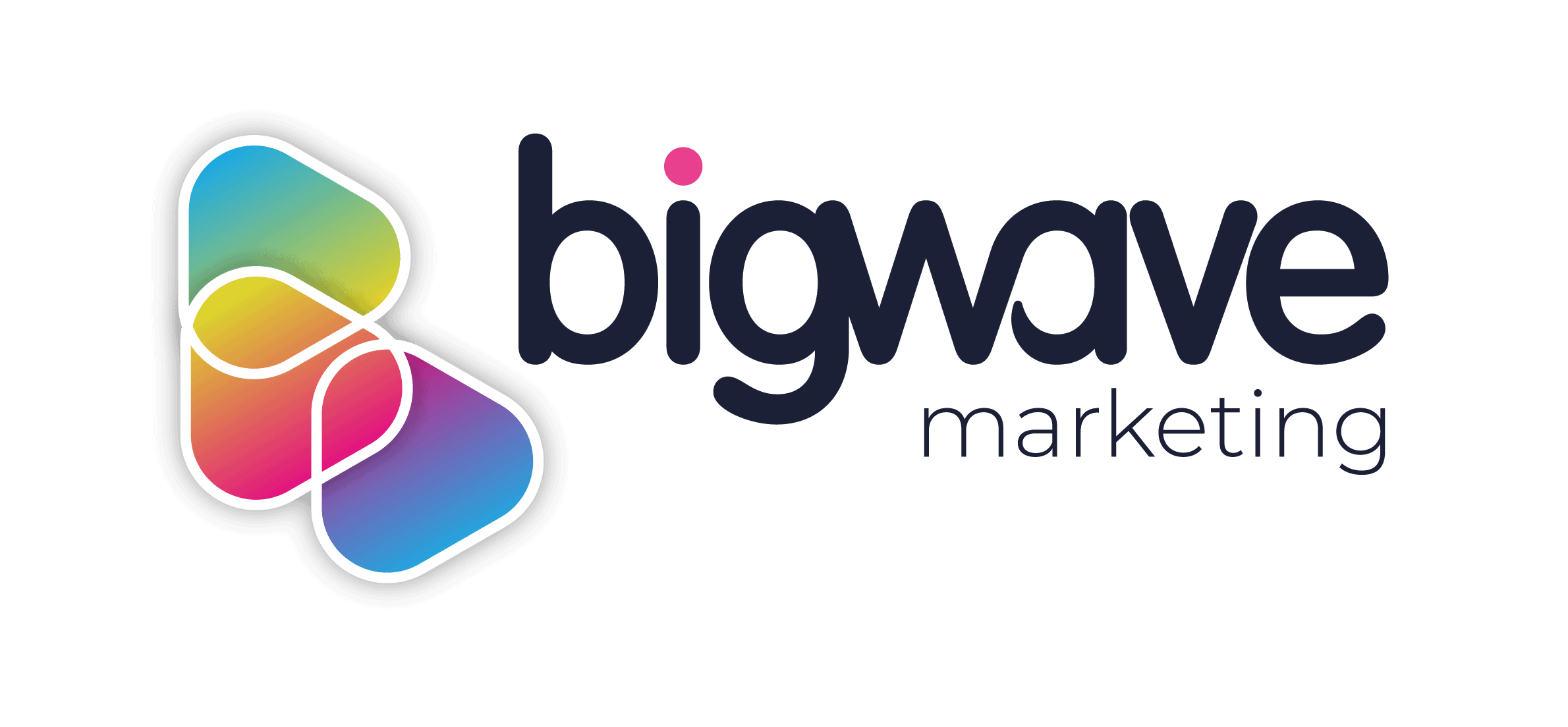Starting out on the digital marketing journey, it is easy to be misled into thinking that Search engine optimisation (SEO) and content marketing are independent entities serving separate purposes, when in fact, the opposite is true. For either discipline to be successful in growing qualified search traffic, both must come together in one cohesive strategy.
To retain an audience or drive profitable customer action, content marketing creates and distributes stories and information aligned to the interests of a target market. SEO is the technical process to build and maintain a website to be user-friendly and increase the visibility of content in search engines.
To rank high in the Search Engine Results Pages (SERPs), you need frequent high-quality content that makes use of important SEO elements, including….
Finding relevant keywords and making use of them
Keyword strategies are imperative for effective search engine marketing (SEM). However, keyword stuffing into content, can knock the stuffing out of your search engine rankings, or even cause it to be removed from search listings entirely. By using appropriate phrases or keyword combinations that flow with your narrative, and that you know your target audience is looking for, will help them to easily locate your site.
Quality content that will satisfy Google’s E-A-T score (and no this doesn’t just apply to the hospitality sector)
E-A-T is an acronym, standing for Expertise, Authoritativeness and Trustworthiness, and refers to the criteria applied to content by Google to qualify your page ranking. If your content is not up to Google’s standards, they will rank you lower than you might like. A high-quality page should have the following characteristics:
- High-quality content
- Descriptive and helpful title
- Positive website reputation
- Satisfying information
- Information on who is responsible for the website
Link building to increase traffic
The web is built on links, so naturally, links play a major factor in boosting web traffic and SEO, and the best method for developing links is to create stellar content. To help increase the traffic flow in and around your website, here are three types of links to consider:
- Inbound links/ backlinks – This is a link from other sites that refer back to your site. Google uses inbound links as a way to help determine the authoritativeness and relevance of your content.
- Outbound links – These are links that link from your site to other sites. This shows Google that you are creating quality content for your visitors.
- Internal links – This refers to links to your own content and can help tie pages together for both Google and visitors, making each page more valuable.
Providing a great user-experience
SEO isn’t just about having great content, it’s also about making your website navigable for both users and search engine crawlers to peruse your site. Crawling refers to the discovery process in which search engines send out a team of robots (known as crawlers or spiders) to find new and updated content. This is then stored and organised in an index which determines your ranking for relevant search queries.
Here are the technical SEO elements to incorporate:
- Functioning links. It’s important to ensure that the site has no broken links with error code (like 404s). Not only is this frustrating for the user, but your site will be poorly ranked by the search engine.
- The correct URL structure. Having concise URLs that are short and descriptive without numbers and symbols drive the search engine to find the relevant subpages and categorise the different parts of your site. This also benefits UX, the process design teams use to provide meaning and relevant experiences to users, and to publicise content.
- Tags. The appropriate tag in a header or title provides outstanding and superior indexing and authentic search results. It sets the tone for the type of content readers can expect to find and makes it simple for the search engine to understand.
- Meta description. An easy opportunity to increase your search traffic is to include a meta description on your webpage – such as on a blog entry to display on a blog landing page. This provides a summary of everything a visitor (and a search engine crawler) should expect before entering any given page.

